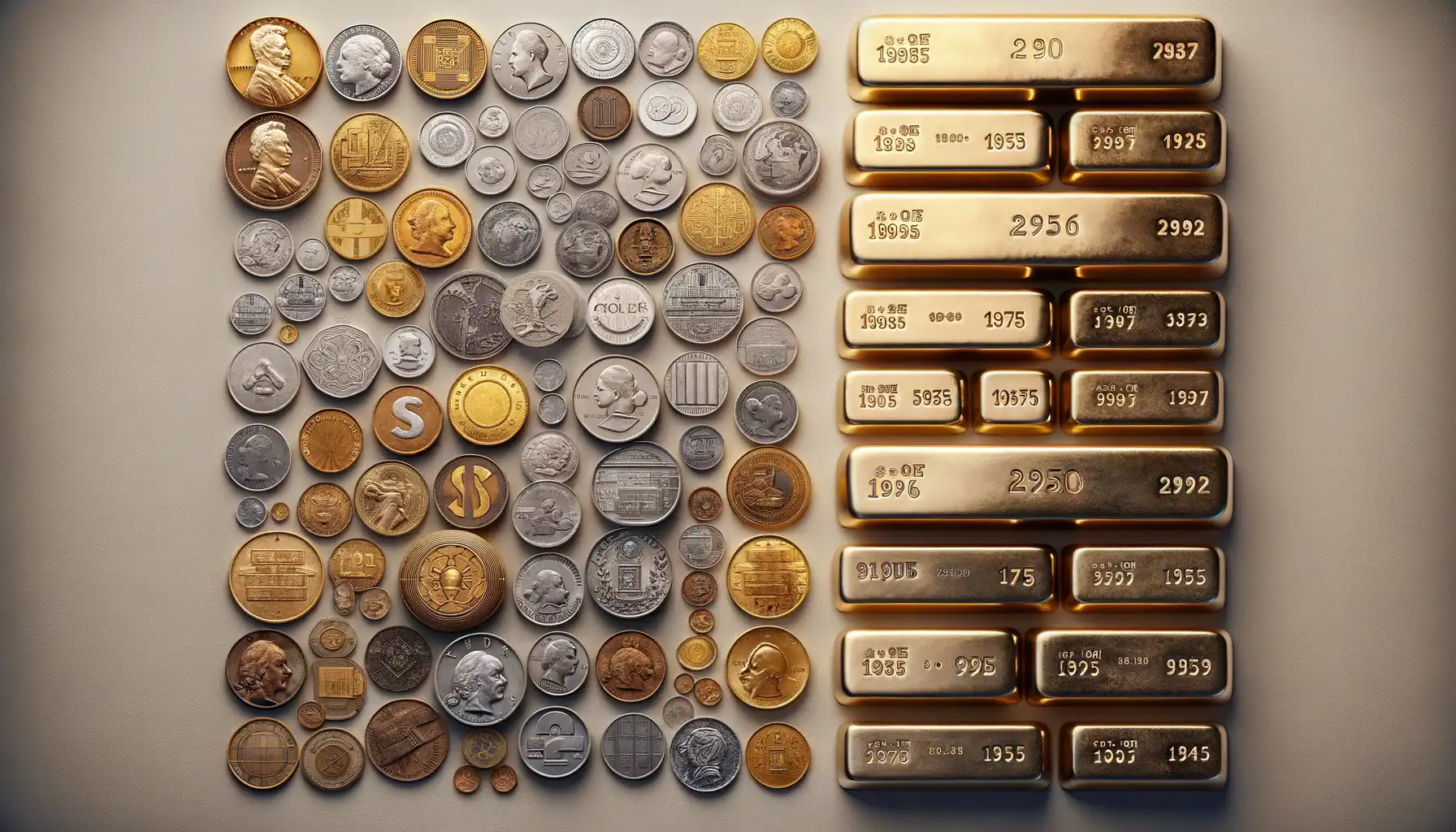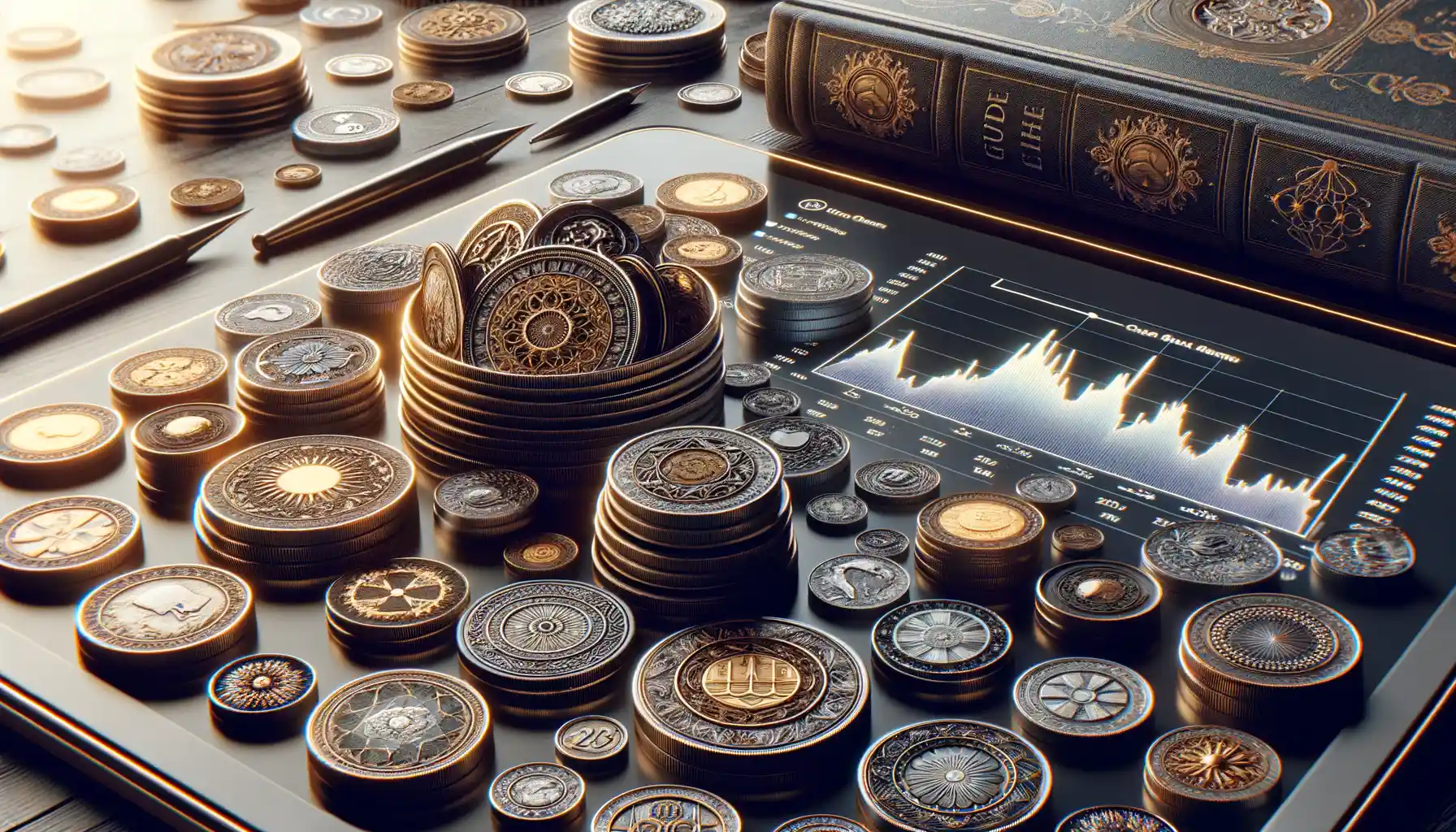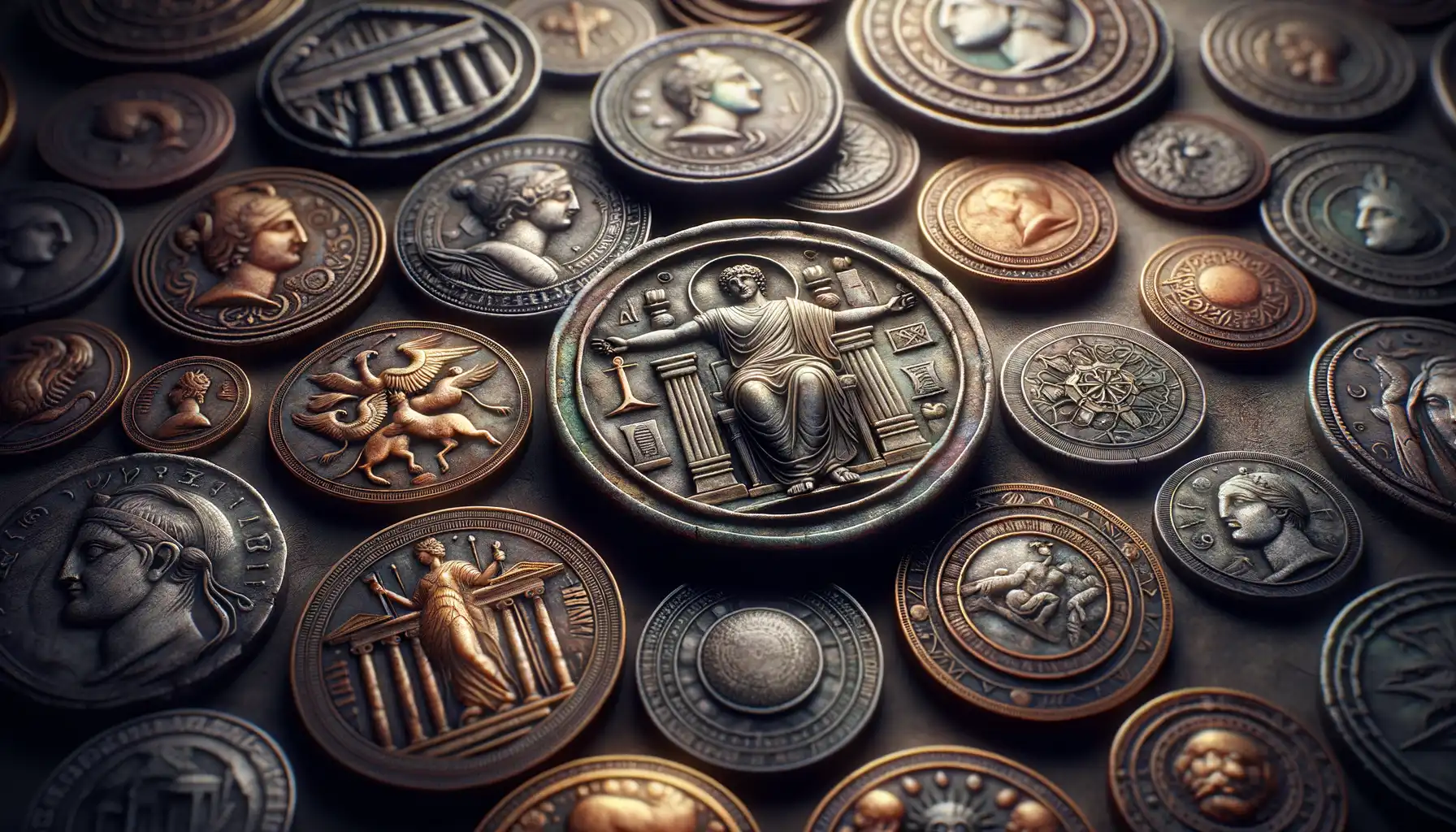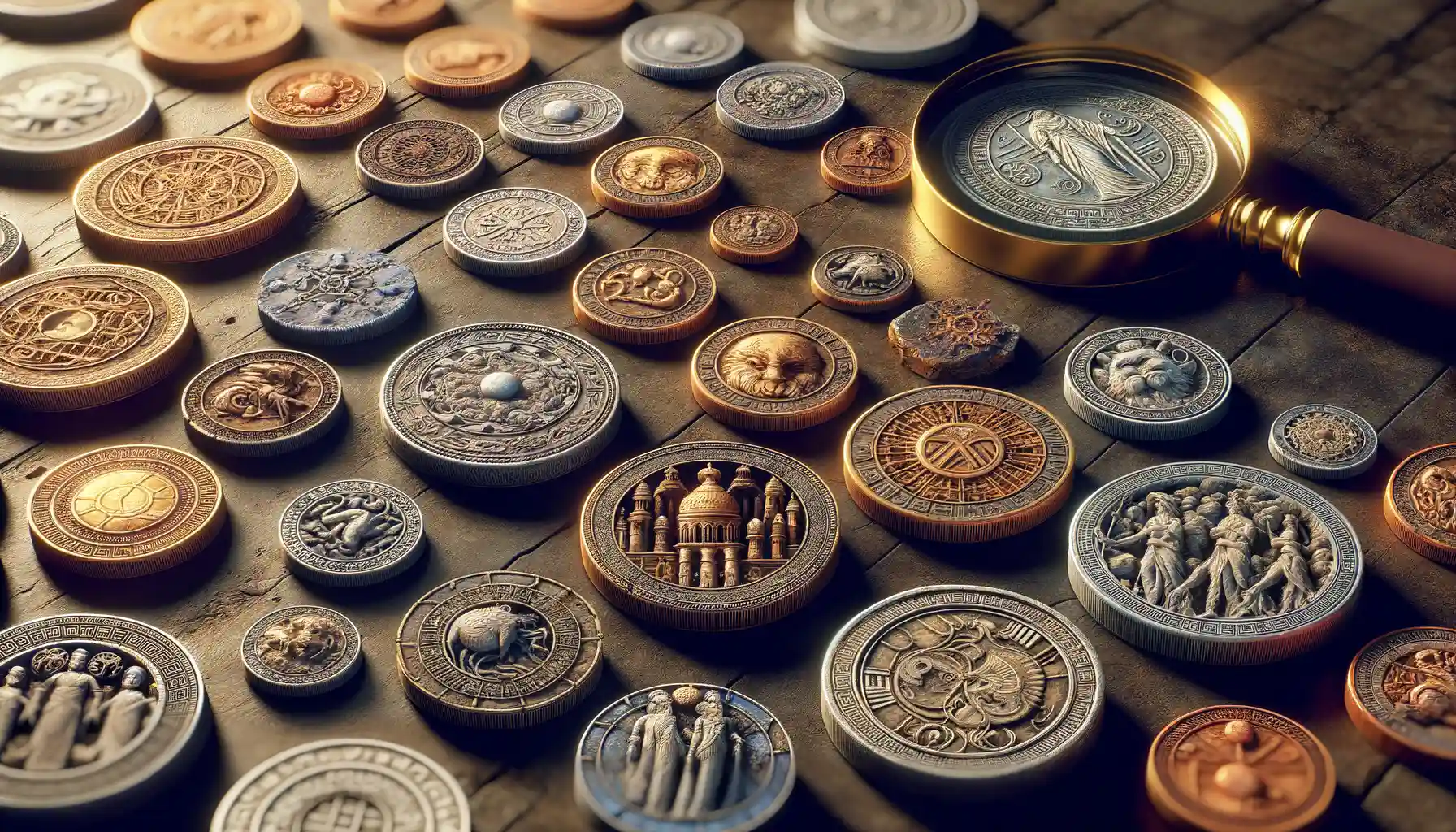Introduction to Precious Metal Investments
Imagine holding something in your hand that has stood the test of time—literally thousands of years. That’s the magic of investing in precious metals like gold and silver. These shimmering assets aren’t just relics of history; they’re powerhouses that have weathered economic storms, political upheavals, and changing times. If you’ve ever wondered why people turn to these metals when the financial landscape feels shaky, you’re about to find out.
Why Precious Metals Stand Out
So, what makes precious metals so, well, *precious*? For one, they’re tangible. Unlike stocks or bonds that live in the digital ether, gold coins or silver bars can be touched and held. They don’t just rely on the trust of a government or economy. Gold doesn’t default. Silver doesn’t go under. They shine with an independence that says, “I’m here, no matter what.”
- Diversification: When markets dive, metals often thrive, balancing your portfolio like a steady ship in stormy seas.
- Inflation Protection: When money loses its buying power, gold tends to gain value, shielding your wealth.
- Global Demand: From jewelry to tech gadgets, these metals are always in demand across cultures and industries.
Personal Bonds with Gold & Silver
There’s something deeply personal about owning precious metals. Take a perfectly struck coin—it’s art you can invest in. A glittering bar of gold? It’s like holding concentrated value in your hands. Whether you’re drawn to their history or their potential for future gains, precious metal investments speak to both the heart and the head. Ready to dive deeper? Let’s explore how to choose between coins and bullion!
Key Differences Between Coins and Bullion

What Sets Coins Apart?
Investing in coins is like collecting miniature pieces of history. These aren’t just chunks of precious metal — they’re beautifully crafted and sometimes centuries old, carrying stories etched into every detail. Coins often have a face value, like $1 or $50, but their real worth is in their material and rarity.
Coins, especially those considered numismatic treasures, owe much of their value to historical significance, intricate designs, and limited mintages beyond just their gold or silver content. For instance, a 1933 Double Eagle isn’t your average hunk of gold; it’s a masterpiece that sold for $18.9 million!
Collectors love coins because:
- They can appreciate in value over time due to rarity and demand.
- They’re easier to sell off piece by piece compared to larger bullion bars.
- They’re pocket-sized investments with artistic flair!
Bullion: The Heavyweight Contender
Meanwhile, bullion is where sheer metal power lies. Whether it’s a hefty silver bar or a pristine gold ingot, these investments scream purity and weight. Forget the artistic finesse — bullion’s value is tied directly to market prices. Think of it as the “no-frills” option for large-scale investors.
Bullion shines when you’re after simplicity. No rare coin buzz or collector drama — just unadulterated gold or silver, often available in standard sizes like 1-ounce bars or even hulking 100-ounce blocks. It’s wealth you can physically feel, with every ounce delivering financial clout. Perfect for diversifying portfolios or hedging against inflation.
With bullion, you’re investing in:
- High liquidity, enabling swift sales in global markets.
- A straightforward representation of precious metal value without added premiums.
- Long-term stability for big-picture thinkers aiming to preserve wealth.
Pros and Cons of Investing in Precious Metal Coins

What Makes Precious Metal Coins Shine?
Investing in precious metal coins is like owning a little slice of history, wrapped in exquisite craftsmanship. Think about it: these aren’t just chunks of metal—they’re miniature works of art. Many coins, like the iconic American Gold Eagle or the elegant Krugerrand, carry not only intrinsic value but a rich narrative of culture and heritage.
One standout advantage? Coins often have a smaller weight and denomination compared to bullion, making them more accessible for budding investors. Plus, they’re easier to sell when you need cash quickly. Some coins even have added premiums due to rarity or collectibility—imagine holding a piece from a limited-edition strike that collectors are clamoring for!
But let’s flip the coin (pun intended). Those collectible premiums can cut both ways. If markets dip or if that particular coin loses its shine in collector circles, you might not see those extra dollars back.
The Downsides of This Gleaming Treasure
It’s not all glitter and gold. Coins can come with higher upfront costs compared to bullion because of their detailed designs and numismatic value. And storage? A bit trickier if you amass a large collection—you don’t want Grandma accidentally using a Maple Leaf to pay for milk!
- Market fickleness: Coins’ value can fluctuate beyond just metal prices.
- Counterfeit risks: More intricate designs mean opportunistic fakes are out there.
So, should your portfolio sparkle with coins? It may depend on how much you value beauty, portability, and those untold stories etched into every edge.
Pros and Cons of Investing in Bullion

Why Bullion Could Be Your Golden Ticket
Investing in bullion has an undeniable allure. There’s something thrilling about the heft of a solid gold or silver bar resting in your hand—it’s wealth you can literally feel. Bullion comes with a distinct advantage: simplicity. It’s the raw form of precious metals, free of elaborate designs or historical backstories, making it ideal for investors who value pure metal content over collectibility.
Another pro? Bullion often carries lower premiums compared to coins, so you get more metal for your money. Imagine this: you’re building a literal treasure chest—every gram counts! And because bullion is globally recognized, it can be your financial safety net, liquid and easy to sell if markets shift or opportunities knock.
But let’s not forget the flipside. Storage can be a hassle. A small fortune in gold bars may demand a high-security safe or a vault, adding costs. Plus, unlike collectible coins, bullion lacks that fascinating story or rarity factor.
- Pro: Simple, straightforward investment in pure metals.
- Con: Can feel impersonal—no unique designs or historical significance.
When investing in bullion, ask yourself: are you after raw substance or added character?
Tips for Choosing Between Coins and Bullion

Understanding Your Goals and Lifestyle
Are you the kind of person who treasures history and craftsmanship, or are you laser-focused on building wealth through tangible assets? This decision matters! Choosing between precious metal coins and bullion starts with understanding your personal goals. If the thought of holding a beautifully designed gold coin steeped in history excites you, coins may be your calling. On the other hand, if your mission is about maximizing the amount of metal for your money, bullion bars can be your best ally.
Think about your lifestyle, too. Coins are portable and often easier to sell in smaller chunks. But if you’re setting up your metal as a long-term fortress, bullion offers simplicity and value. It’s less shiny storytelling, more raw power.
Practical Tips for Picking What Fits You Best
Sometimes, the details make all the difference. Consider these pointers:
- Budget: Coins may carry a premium thanks to their artistry. Bullion? Usually cheaper and closer to metal’s base value.
- Storage: Coins need gentle handling (and maybe even special cases). Bullion bars stack neatly—perfect for that vault vibe.
- Flexibility: Coins offer variety and smaller units for easy selling. Bullion delivers heft but requires larger-scale liquidity planning.
No one-size-fits-all answer exists here. It’s about aligning your investments with what lights you up—and what keeps you up at night!




